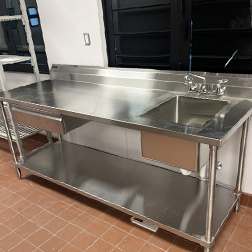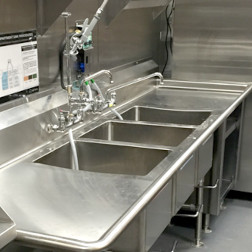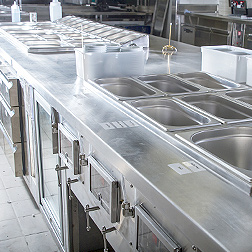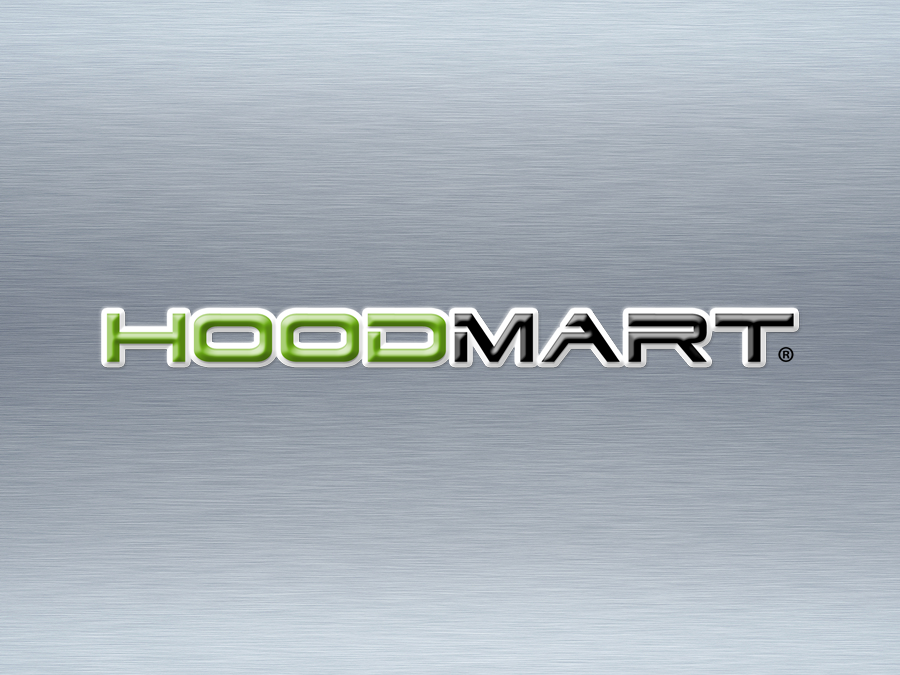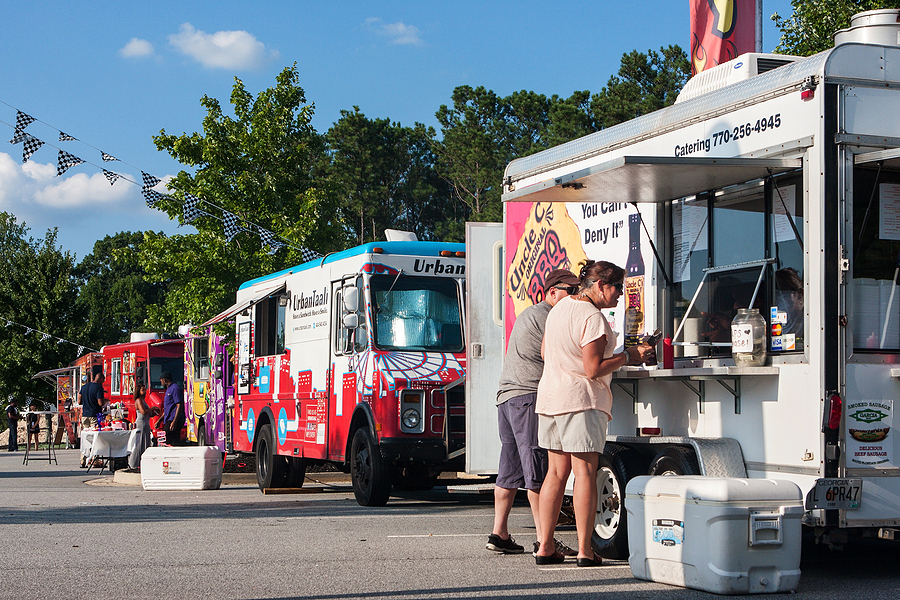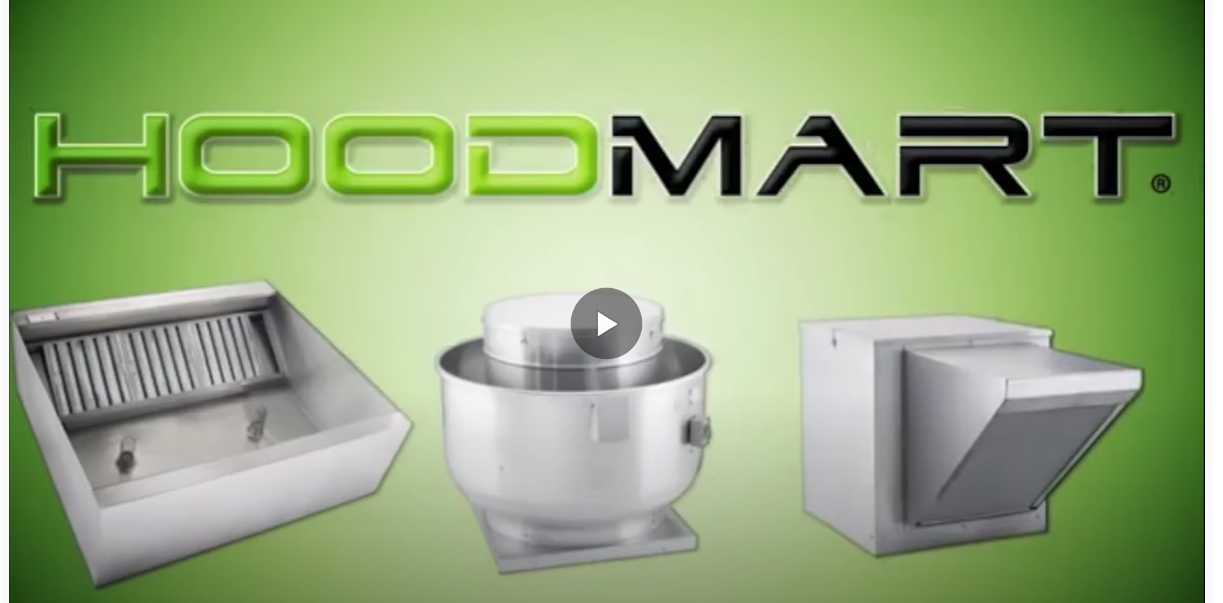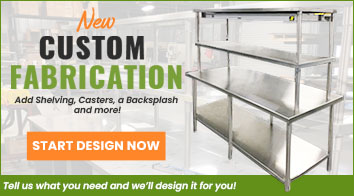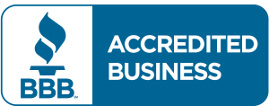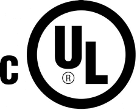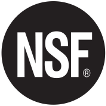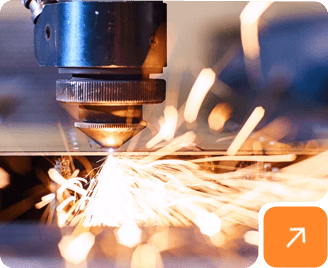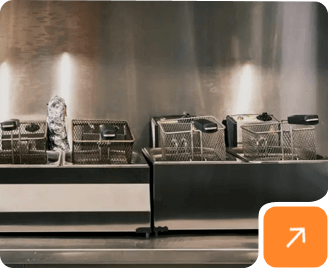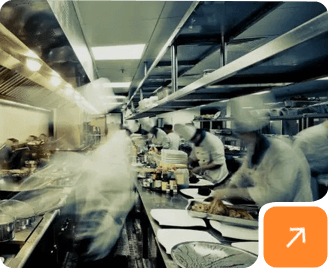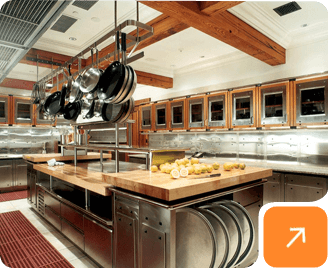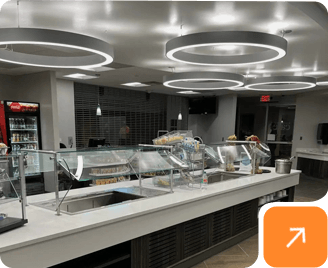We use cookies to help improve our services, make personal offers, and enhance your experience. If you do not accept optional cookies below, your experience may be affected. If you want to know more, please read the Learn more.
How Much Does a Commercial Hood System Cost?
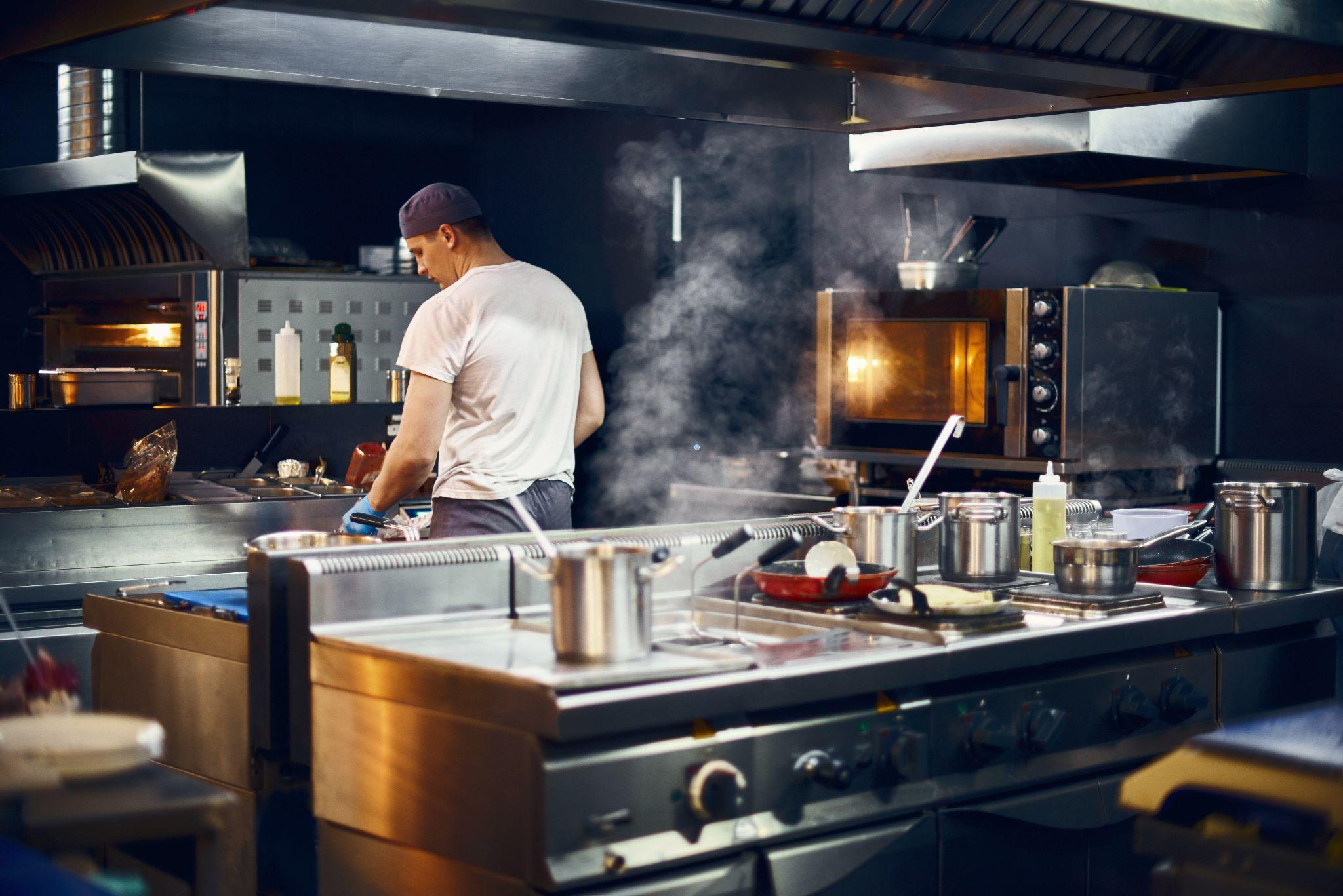
Commercial kitchen operations demand meticulous attention to detail, especially concerning ventilation systems. A well-designed and properly functioning commercial hood system is crucial for maintaining air quality and safety and ensuring compliance with stringent regulatory standards. As you procure a commercial hood system, understanding the myriad factors influencing its cost is paramount. In this comprehensive guide, HoodMart's seasoned experts will explore the multifaceted aspects shaping the pricing of commercial hood systems, providing invaluable insights and actionable advice to guide you through the decision-making process.
Factors Influencing the Cost of a Commercial Hood System
Size and Type of Hood System:
The size and type of hood system required for your commercial kitchen are fundamental determinants of its cost. A thorough assessment of your kitchen's layout, cooking equipment, and ventilation needs is essential to determine the appropriate size and type of hood system. Larger kitchens or those featuring specialized cooking appliances, such as high-output ranges or combination ovens, may necessitate larger hoods or custom-designed systems tailored to accommodate specific requirements. Consequently, the complexity and scale of the hood system directly impact its overall price.
Ventilation Requirements:
Ventilation requirements vary significantly depending on your commercial kitchen's size, layout, and operational dynamics. Factors such as airflow capacity, ductwork design, and air balance considerations play pivotal roles in determining the cost of the hood system. Complex ductwork layouts, extended duct runs, and the need for additional components such as grease traps or fire suppression systems can significantly contribute to overall costs—moreover, adherence to local building codes and regulatory standards further influences ventilation system design and pricing.
Materials and Construction:
The materials used in constructing a commercial hood system significantly influence its durability, performance, and overall cost. Stainless steel remains the material of choice for most commercial hood systems due to its exceptional corrosion resistance, ease of cleaning, and durability. However, variations in stainless steel grades, thicknesses, and finishing options can impact pricing. Additionally, custom features and enhancements, such as integrated lighting, baffle filters, or advanced capture technologies, may incur additional costs but can enhance the functionality and efficiency of the hood system.
Exhaust and Makeup Air Systems:
A comprehensive commercial hood system encompasses the hood itself and the associated exhaust and makeup air systems. Proper airflow management is critical for maintaining a safe and comfortable kitchen environment while complying with ventilation requirements. Factors such as the size and capacity of exhaust fans, the installation of makeup air units, and the ductwork design influence system performance and pricing. Collaborating with experienced HVAC professionals to design and implement an efficient ventilation system tailored to your kitchen's needs is essential to ensure optimal functionality and cost-effectiveness.
Professional Installation and Compliance
The importance of professional installation cannot be overstated when it comes to commercial hood systems. Improper installation compromises system performance and safety and may lead to costly repairs, downtime, or regulatory non-compliance. Professional installation costs encompass a range of factors, including labor, equipment, and any necessary modifications to the kitchen space. Additionally, compliance with local building codes, fire safety regulations, and health department requirements may necessitate permits, inspections, or additional modifications, impacting overall project costs.
Cost Range for Commercial Hood Systems
While estimating the exact cost of a commercial hood system requires a comprehensive assessment of specific requirements and variables, general price ranges can provide valuable insights for budgeting and planning purposes. Commercial hood systems typically range in price from $2,000 to $20,000 or more, with varying costs based on size, complexity, materials, and additional features. Standard-sized hood systems with basic features and lower ventilation requirements tend to fall on the lower end of the price spectrum. Conversely, larger systems, custom-designed hoods, or those with advanced features and ventilation need to command higher prices.
It's important to approach pricing considerations with a clear understanding of your kitchen's unique requirements and operational needs. Seeking guidance from reputable suppliers and consulting with experienced professionals can help ensure that your investment in a commercial hood system aligns with your budgetary constraints and performance expectations.
Conclusion
Investing in a high-quality commercial hood system is a strategic decision that directly impacts your commercial kitchen's safety, efficiency, and regulatory compliance. By meticulously evaluating factors such as size, ventilation requirements, materials, and professional installation, you can make informed decisions that optimize performance and minimize costs over the system's lifespan. While pricing considerations may vary based on specific project requirements, a comprehensive understanding of the factors influencing costs empowers you to navigate the procurement process confidently and clearly.
Still have questions? HoodMart's knowledgeable team is here to assist you every step of the way. Contact us today for personalized guidance, expert recommendations, and comprehensive solutions tailored to your commercial kitchen's unique needs. With HoodMart, you can trust that your investment in a commercial hood system is in capable hands, ensuring your culinary operations' safety, functionality, and success.



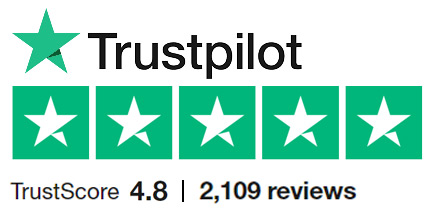


 CUSTOM FABRICATOR
CUSTOM FABRICATOR



